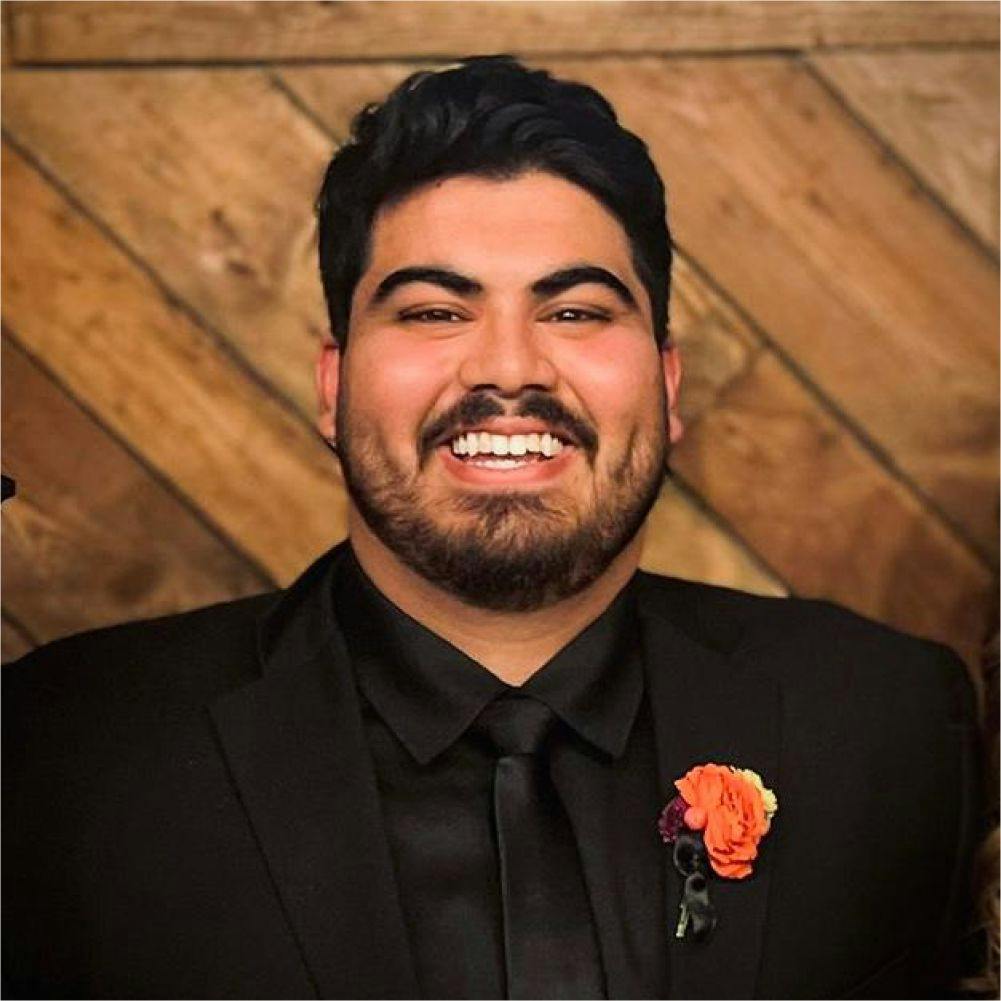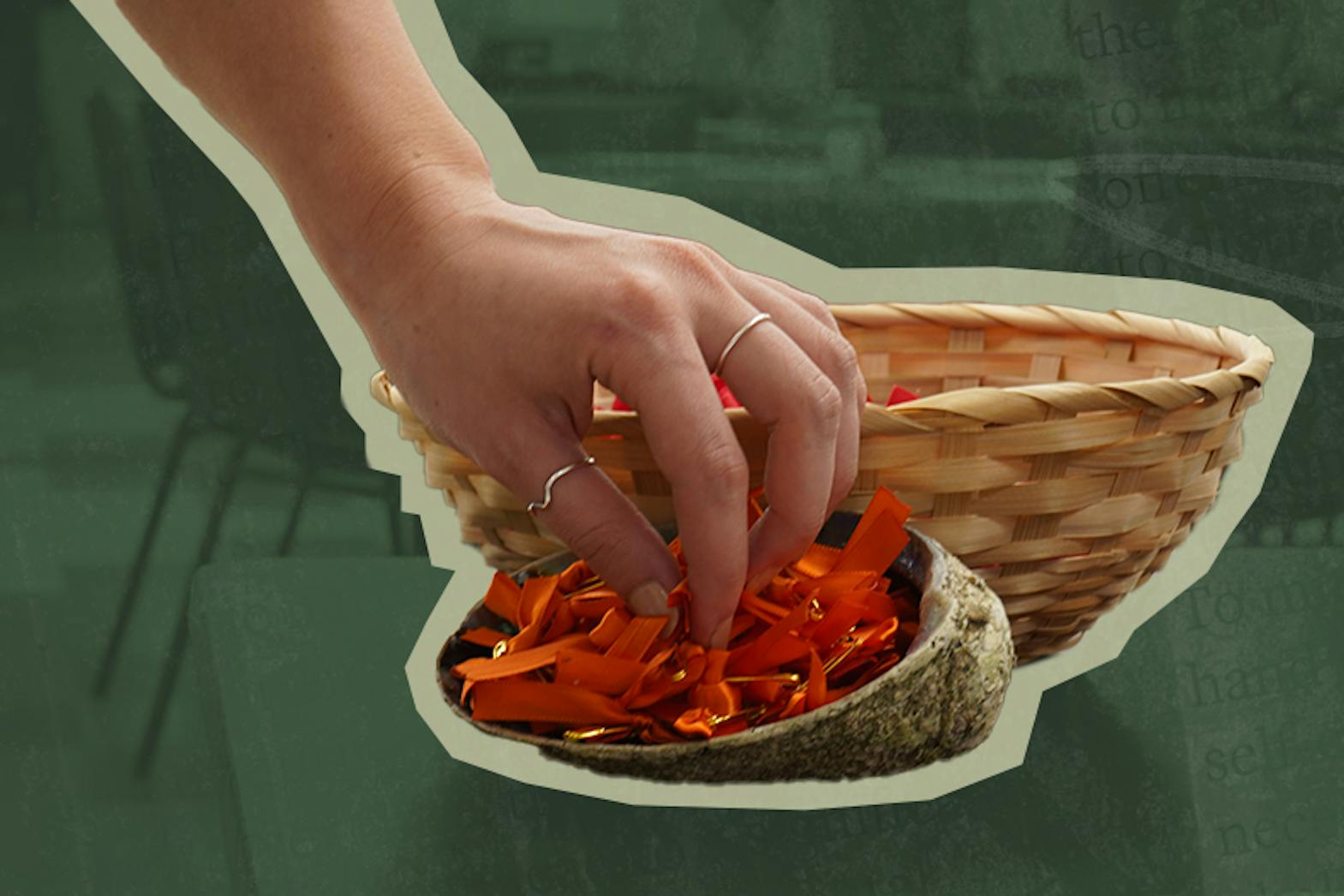Cultural safety is an essential part of trauma-informed practice and a guiding principle in how we approach our work at Narratives.
It is not defined by the facilitator or practitioner, but by the people and communities we work alongside. Creating culturally safe spaces requires humility, deep listening, and a willingness to adapt, ensuring that those present feel respected, seen, and safe to participate.
In this collaborative reflection, our team shares their perspectives on what cultural safety means in practice. From diverse experiences and roles, each story reveals that cultural safety is not a static concept, but a relationship built on trust, reciprocity, and care.

Isobel LeBlanc
Planner
Cultural safety begins with recognition that only the client or community can define what is culturally safe, not the service provider, institution, or company. While core principles for fostering cultural safety can remain the same, they must be adaptable.
As practitioners, we must first reflect on our own background, cultural identities, biases, and assumptions. In addition to acknowledging how our positions (of power or privilege) affect these interactions, this internal reflection is essential to developing a trauma-informed practice.
Narratives guiding principles of “we walk with you” perfectly reflects our approach to all work. At Narratives, our work is rooted in listening, learning, humility, and adapting to meet the needs of each community or client. This includes learning and honouring community protocols and ceremony and ensuring that the processes we have in place align with the community. We embed cultural safety through the development of Engagement Planning, Interview Guidelines and Protocols, Trauma Management Plans, Consent and Ownership Protocols and many other documents depending on the project.
Additionally, we ensure that we offer compensation through honorariums for the time, expertise, and knowledge shared. We guarantee that there is constant and open communication with clear understanding of how feedback and information gathered will be used and how it will influence plan development. It is essential to have ongoing communication and checkpoints for verifying that we (the practitioners) are getting it right, pivoting where needed, and adapting as the planning process goes on.
These relationships must be built on reciprocity, learning from one another, displaying humility, and adapting our ways of knowing. Cultural safety is not a linear process; it is diverse, evolving and requires a collective effort to achieve.

Maddy Mitchell
Environmental Field Technician
Our brains make thousands of decisions each day as we navigate the world. They’re wired to sort, judge, and simplify, often relying on past experiences to make quick assumptions. These first thoughts can be biased, but they don’t have to define us. We always have the power to choose the second thought, one that can be grounded in curiosity, humility, and care.
This instinct to assess extends to the spaces we enter and spaces we create. Whether it’s a meeting, classroom, or community gathering, our minds subconsciously scan for and try to create familiarity. We seek people who look like us, think like us, or share our values. And while that instinct offers safety for ourselves, it can quietly shape who feels welcome and who feels othered.
That’s why cultural safety matters. It goes beyond inviting people to the table, but ensures they feel safe and empowered; it’s about creating environments where people can express their full identities without fear of judgment, tokenization, or exclusion. It’s about recognizing how even unconscious choices, in how we design a session, lead a team, or present ourselves, can impact whether someone feels safe enough to participate.
As leaders, educators, and colleagues, we must ask:
- Who feels truly at home in the spaces we shape?
- Who’s silently scanning for belonging, and not finding it?
Creating culturally safe spaces requires intention. It means listening deeply, challenging our own assumptions, and noticing the invisible barriers we may not even be aware of . It’s in how we speak, how we structure dialogue, and how we hold space for others that safety is either nurtured or neglected.
Leadership isn’t about having all the answers. It’s about building environments where people feel safe enough to show up fully and to help find answers together.

Dillon Fernando
Project Manager | Environmental Planner
After a bumpy landing, we stepped off the plane onto the rain-soaked earth and hurried to the community gym to make sure everything was set up in time. We had planned everything down to a T: a structured agenda with time slots, printed brochures that featured a soft-velvety feel, and small gifts carefully arranged. Tables and chairs were spaced just right. The hall, now quiet, held a stillness as we waited for people to arrive.
Thirty minutes after the time on the poster, someone walked in and asked if we had coffee. Another came in with their grandkids. Then, a steady stream of people followed—not toward the welcoming tables and chairs, but to the bleachers lining the gym walls. The tables and chairs becoming an obstacle course for the children to run through. The printed agenda quickly started to feel more like a suggestion.
It was safe to say that the gathering didn’t go according to plan. But it went exactly the way it needed to.
I’ve learned that cultural safety isn’t always labeled, and it certainly isn’t loud. It was in the way people lingered after the visit, not because they were waiting on someone, but because they felt seen. It was in the moment an Elder sat beside me to share a story, not for the purpose of being recorded, but because I had listened in the right way. It was in the grandkids sharing their high scores on the game that had their attention.
Cultural safety also shows up when we least expect it. In the quick scan someone makes before walking into a room, thoughts moving like whispers: Will anyone notice I’ve arrived? Who here is for me? Will I be known or just tolerated?
It isn’t about preparing the perfect space for those that were invited – I believe it can be found in a simple question: Do they feel safe enough to stay?
I’ve found it in the small things: how we greet someone, whether chairs are arranged in circles or rows, what food is on the table. But it lives in much deeper places - in the respect we offer when no one’s watching, in the tone we speak in and the pace we keep.
Cultural safety is built through honesty, and often, through vulnerability in imperfection. It’s pausing when an Elder needs more time. It’s holding space for prayer, letting laughter or tears fill the room, and allowing silence to settle, untouched by the ticking of a clock.
We’re often taught to hold onto knowledge and lead with answers. But wisdom often begins in the questions—and it is how we hold them that creates the safety someone remembers.


Eden Klein
Project Director | Environmental Planner
Cultural safety has its origins within the field of Māori nursing in the late 1980s, but today the concept reaches far beyond healthcare into planning practice and other areas of community work.
When I think of cultural safety, many things come to mind. It can often be confused or conflated with a plethora of related terms that have evolved alongside it, such as cultural awareness (recognizing that cultural differences exist), cultural sensitivity (recognizing the need to respect those differences), cultural competence (being able to situate your actions within the context of your own cultural values), and cultural humility (critically self-examining your cultural identity, practicing respectful engagement and ongoing learning), to name a few. While these ideas are all interconnected and important for cross-cultural work, I see there being at least two key elements that set cultural safety apart:
- 1
Cultural Safety is not defined by the practitioner, but by the person receiving services or being engaged. It’s about the experience of psychosocial dimensions and how people feel – whether they perceive to be respected, seen, and safe in the interaction. This means that the only way to know if you, as a practitioner, are working in a culturally safe way is to listen; it’s not something we can claim to achieve on our own. This shifts the responsibility to us, as planners and facilitators, to slow down, be in relationship, and listen deeply with an open mind and receptive heart.
- 2
Cultural safety is fundamentally about addressing power imbalances inherent within the system. In this way, cultural safety extends even beyond trauma-informed practice, which is about understanding and responding to the impacts of trauma, and aligns with the principles of Healing Centred Engagement – a model concerned with addressing underlying root causes of trauma through community-defined, strengths-based, identity-centred approaches to systems change.
In practice, I think about the times where I have seen cultural safety in action – most often, it is evident in the places that have nurtured it gently and genuinely over time. I am reminded of our work supporting a group of residential school Survivors who have been on a multi-year journey of truth-telling and healing. Fostering an environment for cultural safety meant building trust; showing up week after week, month after month, year after year, with ongoing care and curiosity. It came from stepping back and holding space for Survivors to lead the way collectively, through their own cultural protocols, ceremonies, and laws. It meant aligning technical research practices to honour, uphold, and centre customary ways of knowing. It came from making mistakes along the way and learning from them with humility.
Ultimately, a commitment to cultural safety can be understood as a continuous, relational practice of accountability – one in which we listen deeply to hard truths and respond with a willingness to reimagine the systems that perpetuate harm.




